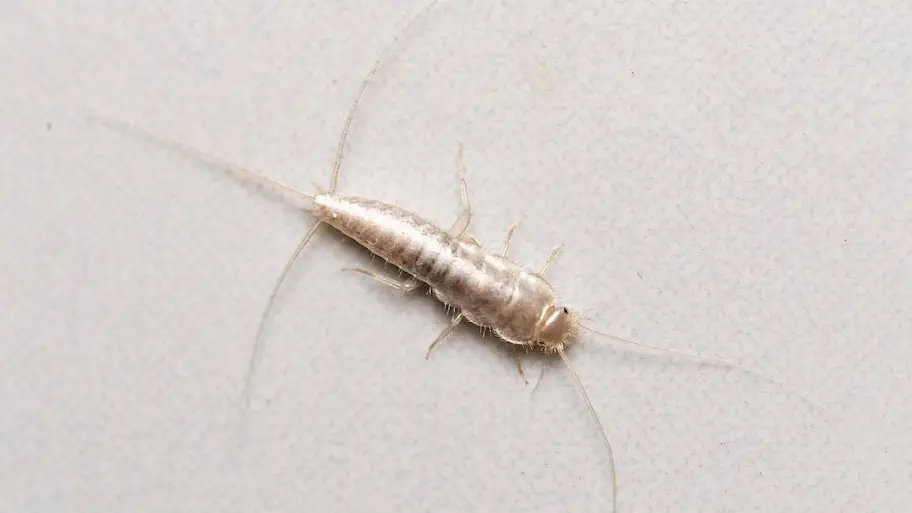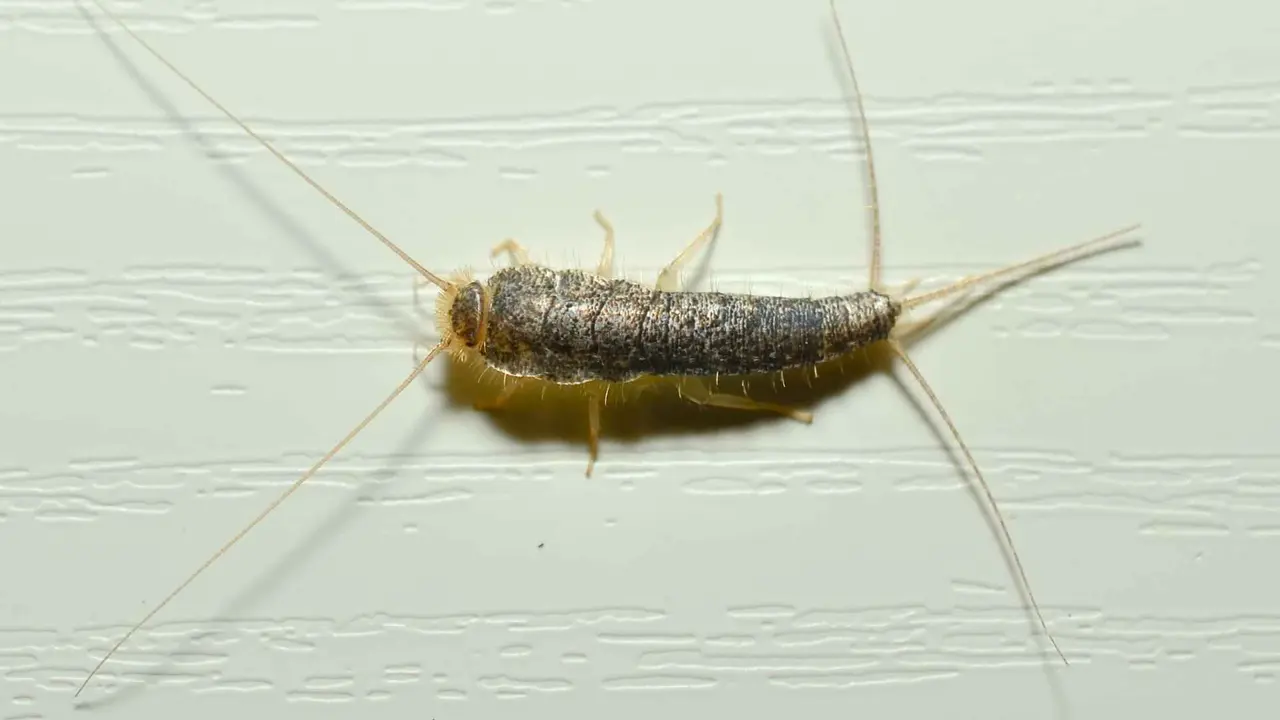Silverfish are pesky little insects that can quickly become unwelcome guests in your home. Known for their elusive nature and love for damp, dark environments, these tiny invaders can be challenging to deal with. In this FAQ, we’ll explore effective methods to treat and prevent silverfish infestations in your home.
Identify Signs of Silverfish Infestation
The first step is to confirm their presence. Look for small holes in papers, yellowing stains, and their presence in damp, secluded spots like basements or bathrooms.
Silverfish can be sneaky little creatures, often hiding until nightfall. If you suspect an infestation, try turning on the lights suddenly in a dark room. A swift movement might reveal these fast-moving pests. These insects are particularly attracted to materials like wallpaper, bookbindings, and leftover starchy foods.
Another telltale sign of silverfish is their shell-like exoskeletons, which they shed as they mature. You might find these in hidden corners where they dwell, like behind furniture or inside closet spaces.
Reduce Humidity in Your Home
Silverfish thrive in moist environments. Use dehumidifiers and improve ventilation in areas prone to dampness to make your home less attractive to these pests.
In particular, keep an eye on areas like bathrooms, kitchens, and basements where moisture tends to accumulate. Installing exhaust fans and ensuring that any leaks are promptly repaired can significantly reduce humidity levels.
Even something as simple as opening windows to allow air circulation can help. Consider placing moisture absorbers in stubborn damp spots to aid in reducing overall moisture levels effectively.
Remove Food Sources
Silverfish feed on starchy materials. Keep your home free of crumbs, store food in airtight containers, and declutter to eliminate potential food sources.
It’s essential to not overlook the little things. Items such as cereal boxes, cardboard containers, and even wallpaper glue can serve as food sources for silverfish. By properly sealing food and considering the use of plastic bins over cardboard, you can mitigate these threats.
Consider Natural Remedies
Natural options like diatomaceous earth, essential oils, and homemade traps can be effective in deterring silverfish without using harsh chemicals.
Essential oils such as lavender and citrus have been known to repel silverfish. Consider placing sachets or using these oils in a diffuser to naturally deter unwanted pests.
Homemade traps can be created by taping sticky cardboard strips on places where you’ve seen silverfish. This can help monitor and control their population effectively.
Use Chemical Treatments if Necessary
If the infestation is severe, chemical treatments like insecticidal sprays or powders may be required. Follow instructions carefully and consider professional assistance if needed.
While chemical treatments can be effective, they should be used responsibly. It is crucial to ensure these chemicals are applied in a manner that is safe for both humans and pets. Products containing boric acid are commonly used and can be dusted into cracks and crevices where silverfish hide.
Effective Silverfish Control: A Summary
Tackling a silverfish infestation doesn’t have to be daunting. By keeping your home dry, removing their food sources, and using either natural or chemical treatments, you can effectively control and prevent them. Remember, vigilance and regular maintenance are key to keeping these persistent pests at bay.

